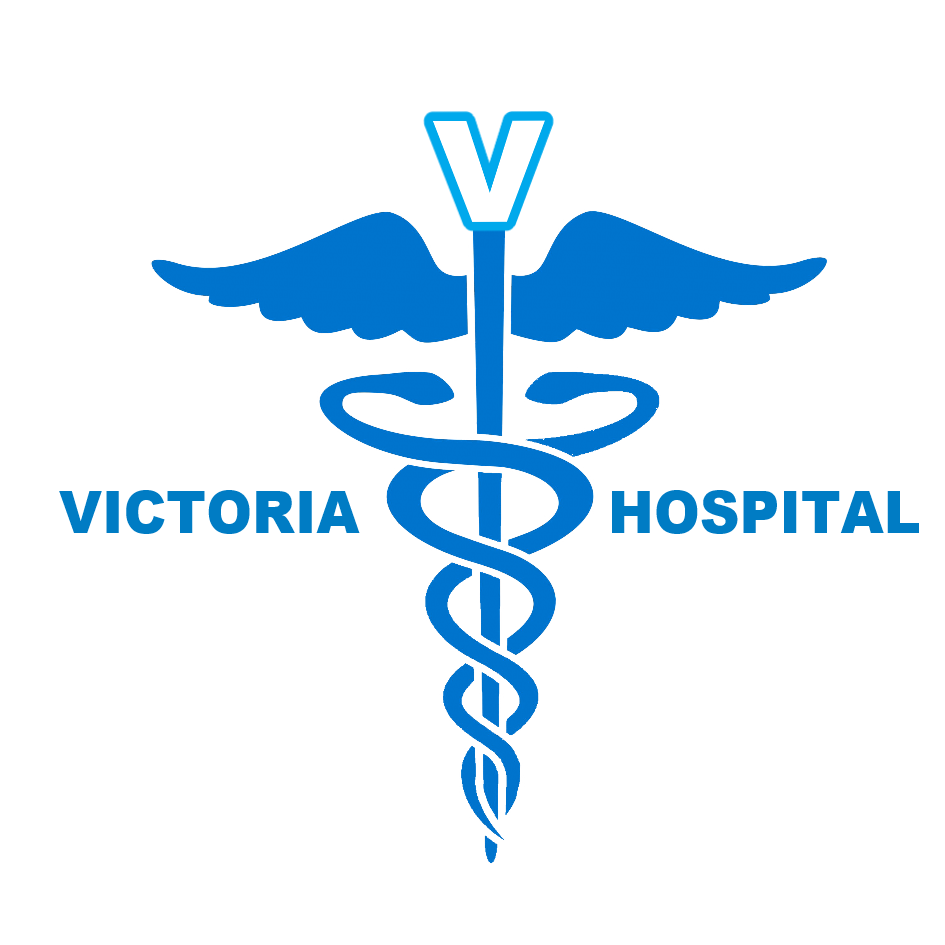On average, it sets in between day 4 and 10 of the disease course. It typically follows milder symptoms, such as:
- low-grade fever
- fatigue
- body aches
According to doctors’ observations while working in a clinic, the onset of shortness of breath, along with sudden drops in oxygen saturation after very little exertion, may help clinicians distinguish COVID-19 from other common illnesses.
In healthy lungs, oxygen crosses the alveoli into tiny, nearby blood vessels known as capillaries. From here, oxygen is transported to the rest of your body.
But with COVID-19, the immune response disrupts normal oxygen transfer. White blood cells release inflammatory molecules called chemokines or cytokines, which in turn rally more immune cells to kill SARS-CoV-2-infected cells.
The fallout from this ongoing battle between your immune system and the virus leaves behind pus, which is made up of excess fluid and dead cells (debris) in your lungs.
This results in respiratory tract symptoms such as coughing, fever, and shortness of breath.
You may be at a higher risk for developing breathing issues with COVID-19 if you:
- are 65 or older
- smoke
- have diabetes, COPD, or cardiovascular disease
- have a compromised immune system
| Monday - Friday: | 8.30 - 18.30 |
| Saturday: | 10.30 - 16.30 |
| Sunday: | 10.30 - 16:30 |
Lowering your blood pressure
April 22, 2021Managing diabetes
April 22, 2021



